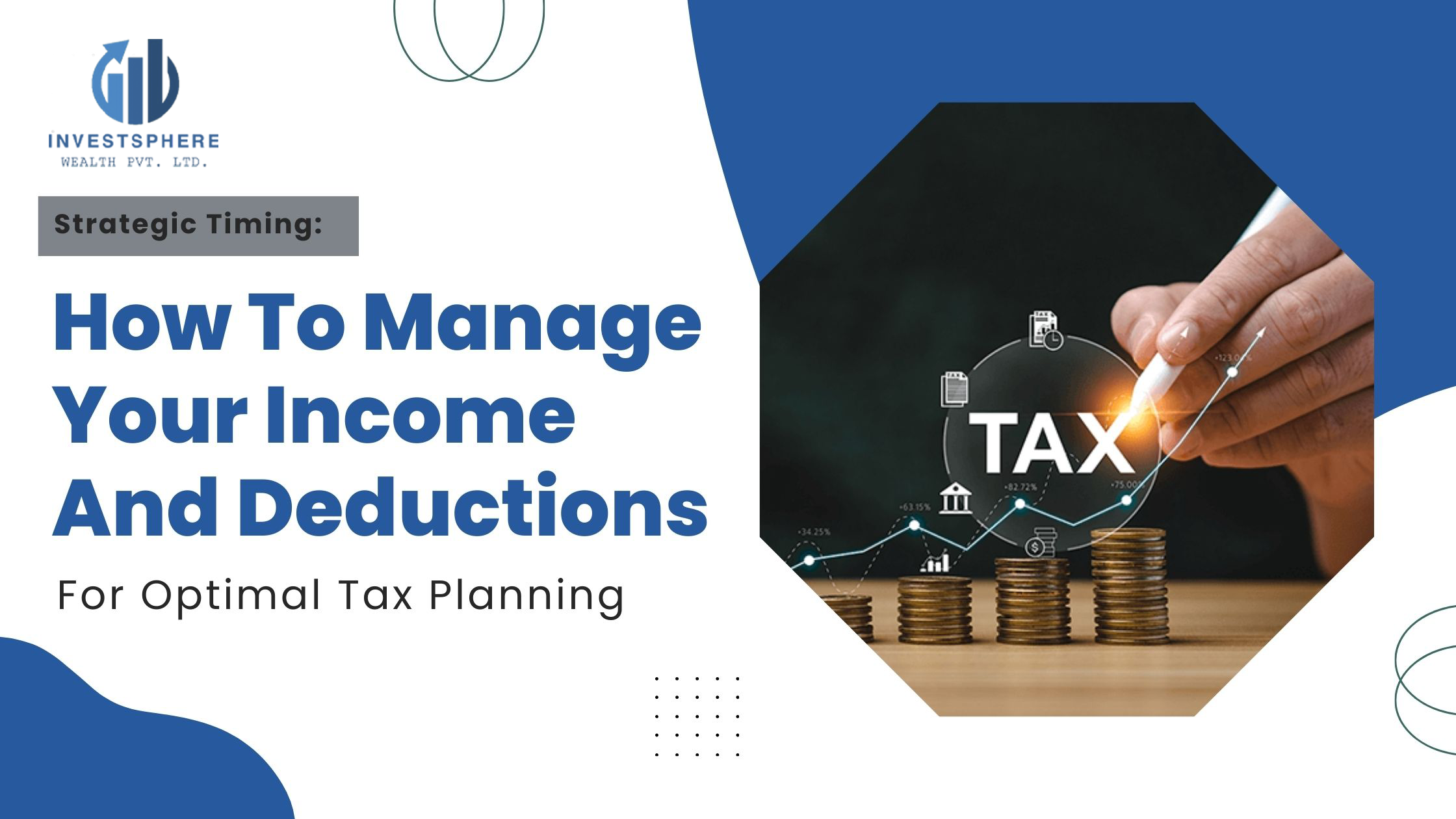Retirement planning in India involves strategizing and investing to secure financial stability during one's post-employment years. It typically includes assessing future expenses, estimating retirement needs, and selecting suitable investment avenues such as pension plans, provident funds, and retirement mutual funds. Individuals aim to build a sufficient retirement corpus to maintain their desired lifestyle and meet healthcare expenses without reliance on active income. Effective retirement planning ensures a comfortable and stress-free retirement phase, allowing individuals to enjoy their golden years with financial independence and security.

What is retirement planning ?
Retirement planning is a crucial aspect of financial management, aimed at ensuring a secure and comfortable post-employment life. It involves systematic saving and investment strategies tailored to meet future financial needs after retirement. Common retirement planning instruments in India include pension plans, provident funds like EPF and PPF, NPS (National Pension System), and retirement-oriented mutual funds. Individuals typically start planning for retirement early in their careers to accumulate a sufficient corpus that can sustain their lifestyle and cover healthcare expenses during retirement. Effective retirement planning is essential for achieving financial independence and peace of mind during the golden years.
What are Retirement planning types ?
In retirement planning, there are several types of investment vehicles and strategies individuals can utilize to build their retirement corpus and secure their financial future. Some common types of retirement planning include:
Employer-sponsored Retirement Plans:
These include schemes like Employee Provident Fund (EPF), Public Provident Fund (PPF), and Gratuity, where employees and employers contribute towards building a retirement corpus. These plans offer tax benefits and often come with employer matching contributions.
Pension Plans:
Pension plans are long-term savings instruments designed specifically for retirement. They offer regular income post-retirement and can be either provided by employers (like Employee Pension Scheme or EPS) or purchased individually from insurance companies.
National Pension System (NPS):
NPS is a government-sponsored pension scheme that allows individuals to invest in a mix of equity, fixed income, and government securities to build a retirement corpus. It offers flexibility in investment choices and tax benefits under Section 80C and 80CCD(1B) of the Income Tax Act.
Retirement Mutual Funds:
These are mutual funds specifically designed to meet retirement goals. They typically invest in a diversified portfolio of equities, debt, and other assets, with the aim of generating returns over the long term to support retirement needs.
Individual Retirement Accounts (IRAs):
IRAs are investment accounts that individuals can open independently to save for retirement. They offer tax advantages, such as tax-deferred growth or tax-free withdrawals, depending on the type of IRA (Traditional IRA or Roth IRA).
Annuities:
Annuities are insurance products that provide regular payments over a specified period, often used as a source of retirement income. They can be immediate annuities, where payments start immediately after a lump-sum investment, or deferred annuities, where payments start at a later date.
Real Estate and Rental Income:
Investing in real estate properties for rental income or as a source of capital appreciation can also be a part of retirement planning. Rental income can provide a steady cash flow during retirement, while property appreciation can add to the overall retirement corpus.
Systematic Withdrawal Plans (SWPs):
SWPs allow retirees to withdraw a fixed amount from their mutual fund investments periodically, providing a steady income stream during retirement while keeping the invested corpus intact.





